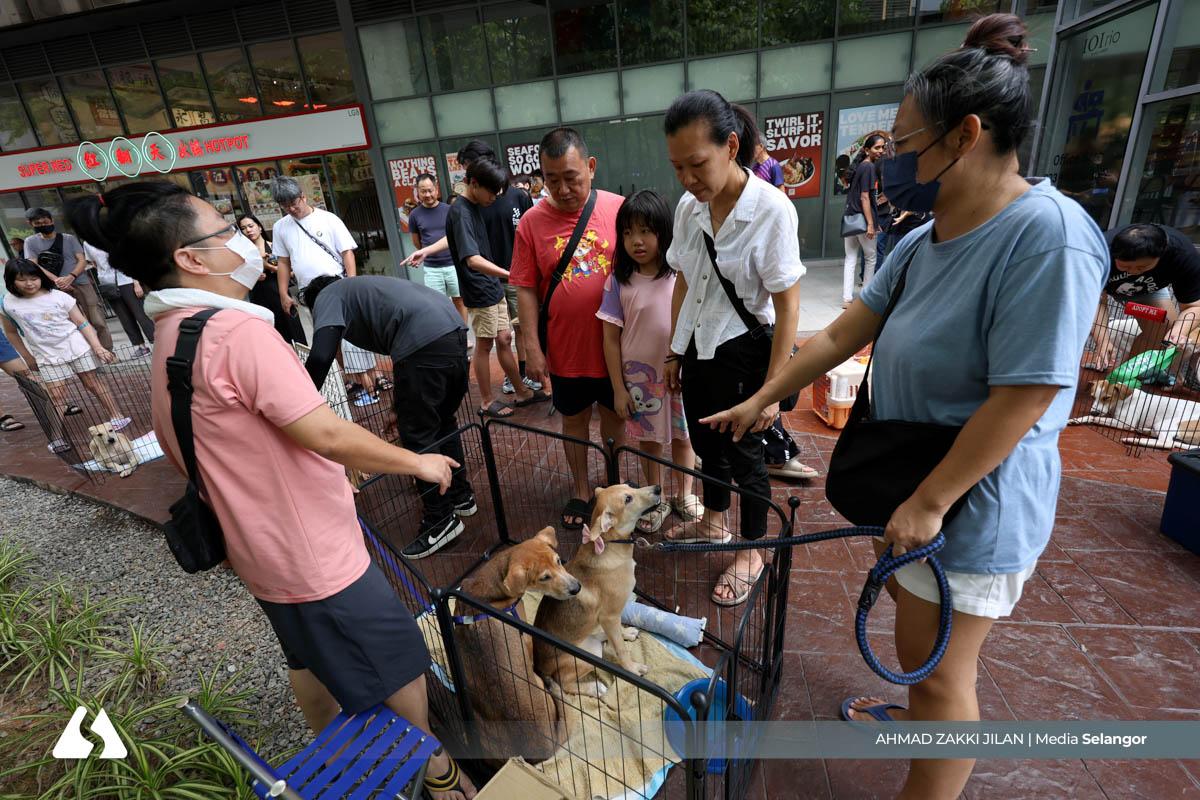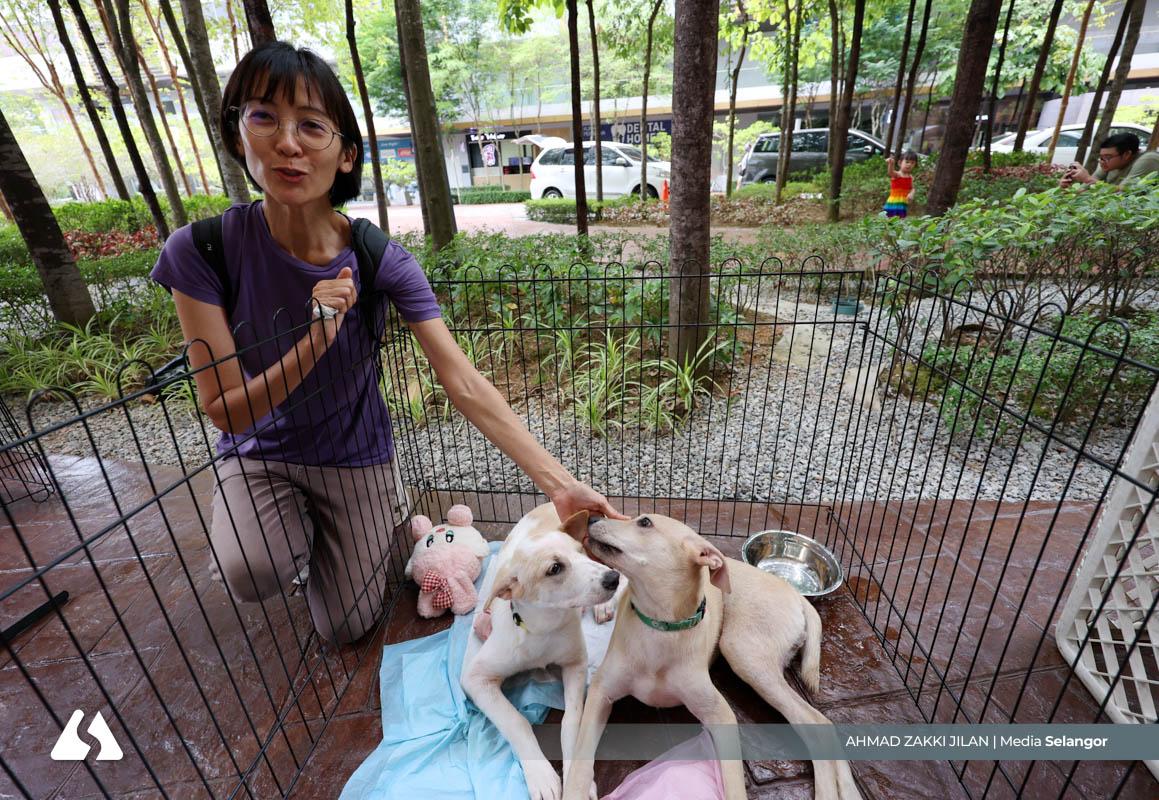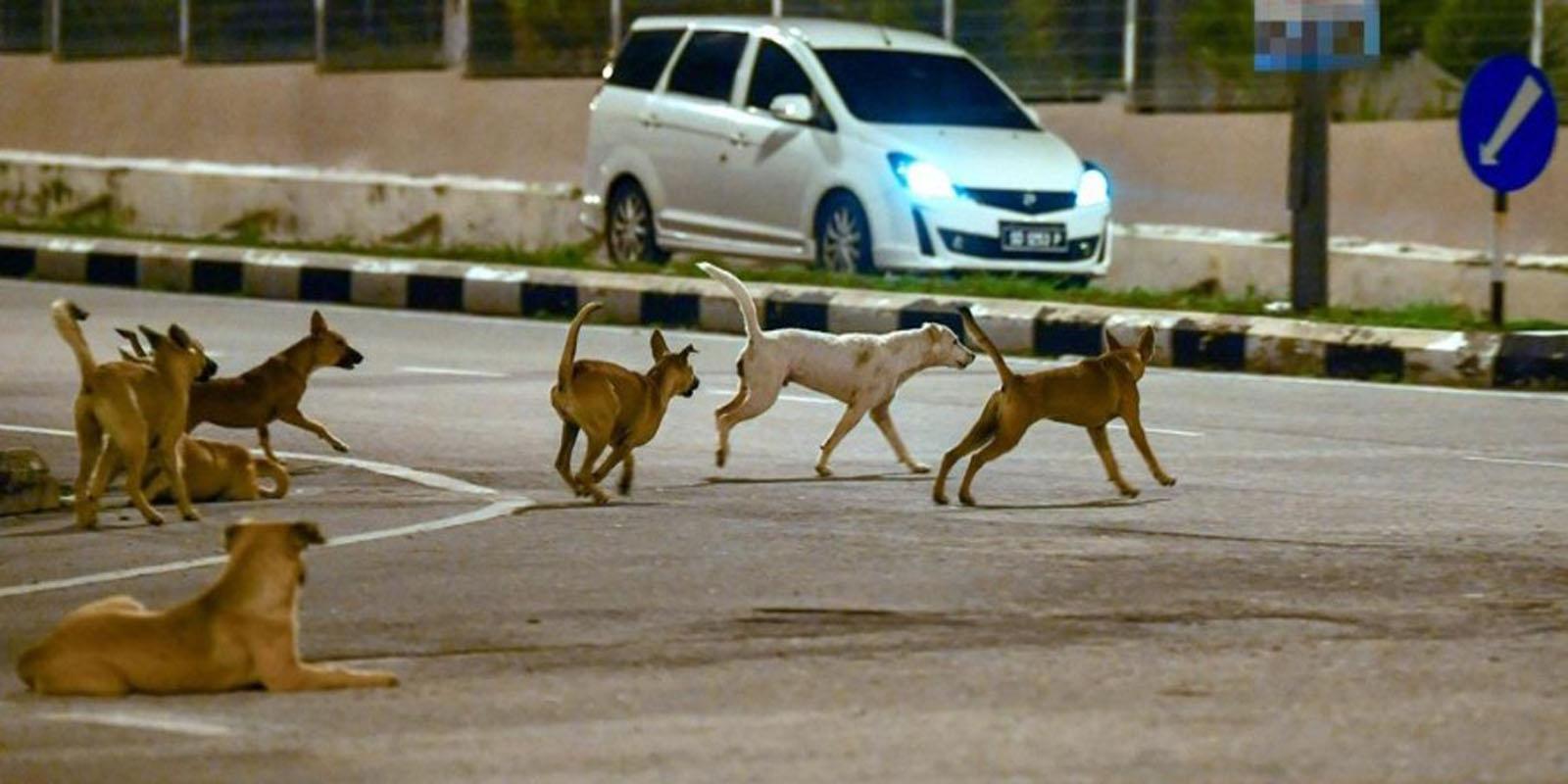SHAH ALAM, Oct 14 — The number of stray animals continues to rise each year, posing a long-term challenge to both communities and the local authorities, as non-governmental organisations (NGOs) at the forefront of animal rescue efforts have stressed that the practice of capturing and confining animals in holding centres is unsustainable.
Instead, they argue that humane approaches, like neutering, promoting adoption, and educating the public on responsible pet ownership, must be strengthened through comprehensive policies and implementation.
Animal welfare NGOs and individual rescuers share a common view: neutering is the fundamental step in controlling stray populations, while education and policy enforcement provide long-term solutions.
If the government integrates legislation, Trap-Neuter-Return (TNR) programmes, education, and systematic animal censuses, the stray issue can be managed effectively without relying on culling or euthanasia.

TNR: A more effective and humane solution
Pawtarian president Navwinderan Mahenderan said that many local authorities still depend on operations that capture, confine, or destroy stray animals, but such methods have proven ineffective in addressing the root of the problem.
“The number of stray animals will not decrease through capture alone. The only effective approach is to combine humane methods with clear policy direction,” he said.
The organisation rescues between 30 and 35 stray dogs each month through the TNR method. The process involves surgical neutering, two days of post-surgery observation, and then either releasing the animals back to their original location or sending them for adoption.
“We do not use snares, which are often used by some local authorities, because they can injure the animals. Instead, we collaborate with community feeders so that the animals approach the traps voluntarily. It is much safer and more humane,” Navwin said.

Financial strain: NGOs rely on public donations
He noted that neutering a single dog, including temporary sheltering, costs around RM250. If additional treatments like flea medication or basic healthcare are required, the cost can rise to RM350 per animal.
Pawtarian's shelter currently houses 68 dogs and 30 cats, with monthly operating costs of at least RM8,000, funded mainly through public donations and charity sales.
Navwin also organises adoption drives with Dewan Rakyat MPs and state assemblymen. Every adopter is required to neuter their adopted pet within six months and register for a dog licence as part of control measures.
“This problem originates from the community. Some owners hide their dogs during capture operations, but when the animals reproduce and they can no longer cope, the puppies end up being abandoned on the streets again,” he said.

Mandatory neutering and licensing should be enforced
Navwin urged the government to introduce stricter regulations, including mandatory neutering before issuing pet ownership licences.
“If pet licensing is implemented seriously, uncontrolled breeding can be contained right from the start,” he said.
Navwin added that TNR programmes are currently carried out only on a small scale by NGOs and private groups due to limited resources. Large-scale implementation would require government commitment in terms of funding, expertise, and cooperation with the local authorities.

Education and animal census are equally important
He said that, beyond policy and TNR, public education and the establishment of a national database on stray animals are also crucial.
Pawtarian conducts awareness programmes in schools to teach students how to interact safely with stray dogs and avoid provoking them.
Navwin also suggested that the government fund university-level research to conduct stray population censuses, which could serve as the foundation for more data-driven policymaking.
“This issue is not just about emotion. With clear data, we can shape the right policies instead of relying solely on capture-and-cull methods
“If the government integrates legislation, TNR, and public education, we can manage stray animal populations humanely and sustainably, without resorting to killing or lethal injections,” he said.



